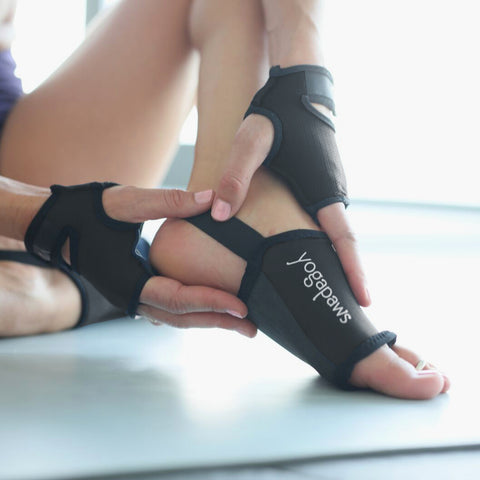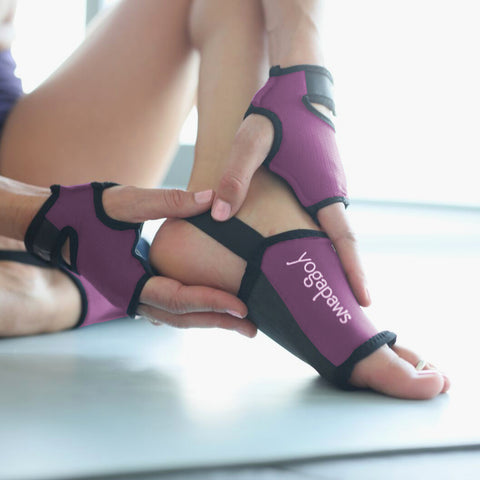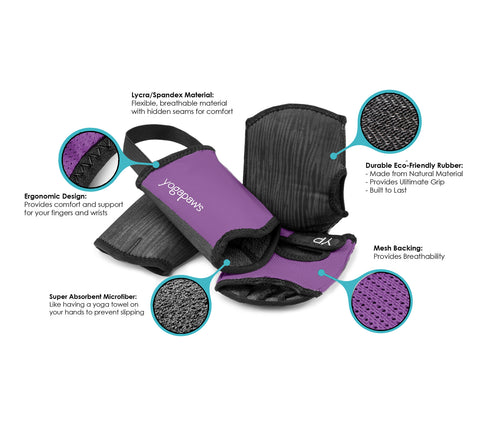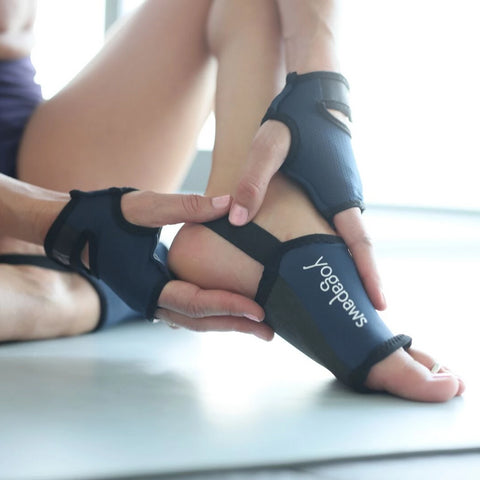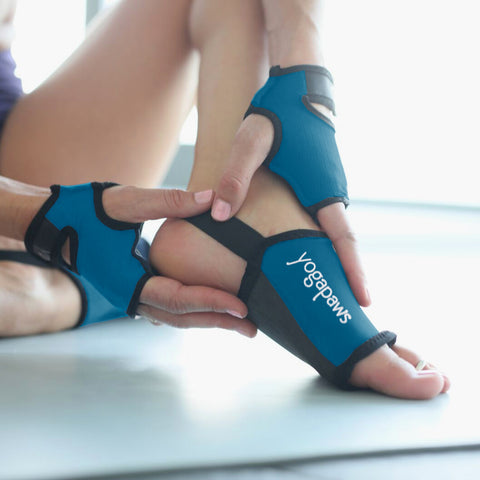Posted on April 25 2018
 Everybody wants to be happy, every day, all year round, all their lives long. Okay, a few challenges are still good, but nothing more daunting than those little motivators. That’s the wish list. The reality is that your life path probably has had more than its share of bumps, twists, and turns already and that, at least in the back of your mind, you’re perfectly aware that you’ll continue to explore the long smooth stretches along with some rough patches.
Everybody wants to be happy, every day, all year round, all their lives long. Okay, a few challenges are still good, but nothing more daunting than those little motivators. That’s the wish list. The reality is that your life path probably has had more than its share of bumps, twists, and turns already and that, at least in the back of your mind, you’re perfectly aware that you’ll continue to explore the long smooth stretches along with some rough patches.
If your life is in balance, the difficulties you encounter may seem frustrating or limiting at first. But, with a clear mind, it doesn’t take long to see why those obstacles are in your path. They help you grow as you learn to navigate around them or integrate them into new solutions. If nothing else, they force you to question what you really need to be happy. Armed with that information and new-found strength, you often find yourself striding forward into new territory in your life.
Sometimes, there are a lot of rocks on the road — so many that you feel you’re just stumbling all of the time. It can become more and more challenging to find the balance and to see a way beyond the immediate problems. Maybe you feel stuck in a situation that is eroding your self-esteem or restricting your ability to express your skills. Or maybe you feel like you’re back-sliding, getting farther away from the things you need to be happy and fulfilled. Or, maybe, you just don’t feel at all. Grief, disappointment, and isolation may have created a silo around your heart.
First of all, know that you’re not alone. Nobody is so "Teflon" that they can just sail through life. According to a study by the National Institute of Mental Health, nearly 10% of Americans are affected by depression yearly. But, notes Dr. Timothy McCall in Yoga Journal, not everyone feels depression in the same way. Some suffer from a depression that leaves them lethargic and not wanting to get out of bed, while others may feel restless and angry, as well as sad.
To turn your face toward the sun and regain your balance, first consider whether you are just feeling blue today, whether there is a specific cause for feeling down, or whether your depression has become a persistent problem in your life — one that may be affecting your ability to hold down a job, sustain a relationship or keep your mind, body, or spirit healthy. Clinical depression, which McCall defines in his article as, “a persistently sad, hopeless, and sometimes agitated state that profoundly lowers the quality of life and that, if untreated, can result in suicide” may require advice from a therapist, psychiatrist, or other expert.
Regardless of the level of depression, yoga can help you out of that grayness. While any physical exercise is a good anti-depressant, yoga’s mind-body connection makes it especially effective for lifting you up. Yoga’s philosophy, says McCall, is that everyone is entitled to a happy life. Because of that, yoga teaches you ways to find self-esteem and balance. McCall suggests, for example, that depression can be fueled by negative samskaras (clogged energy) like negative self-talk.
Working to identify and change those habits can be a powerful tool to lift the weight of depression. McCall suggests starting with a gratitude list -- sitting down and writing out a list of all the things you are grateful for. The physical practice of yoga also has specific benefits for depression. A vigorous practice can help quiet your mind by bringing you into the present. It’s hard to bring depression with you when you are focused on keeping your balance in Garudasana (Eagle Pose) or trying to keep your arms strong through the umpteenth Adho Mukha Svanasana (Downward-Facing Dog Pose). And, the backbends that are an integral part of Surya Namaskar (Sun Salutation) help open your perspective and feel less burdened.
The simple act of stepping onto your mat is a bold affirmation that you believe you have the power to create change. Stretching, strengthening, and balancing might seem pretty overwhelming when your self-esteem account is already nearly overdrawn, but, yoga is one of the best tools you have for resetting the needle of self-worth and empowerment. As you work toward new poses, you feel that euphoric experience as your muscles stretch a little further or you catch a balance.
Every practice is about possibility. By the time you roll up your mat, you will have had some experiences that show you that you are progressing, learning, succeeding. You'll feel the satisfaction of knowing that you can handle any challenge, learn from it, and use it to get closer to your goals. You have proven to yourself that, however lofty or far away the goal seems, if you keep your focus, you’ll get there.
Here are some poses to rekindle your optimism:

|
Benefits: This active backbend helps energize you and makes you feel more lifted. |
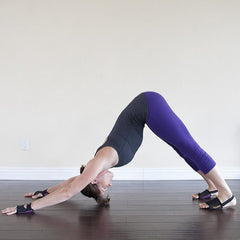 |
Adho Mukha Svanasana (Downward-Facing Dog Pose) Benefits: Regularly practiced as part of Surya Namaskara, this poses helps you feel strong and balanced as your arms and legs engage to hold you up. |
 |
Benefits: This restorative backbend is a great way to relax your body and mind, bringing fresh blood flow to your brain. |
Keep it consistent. Even if you can only do a few minutes of yoga every day, establishing a yoga routine can be a useful tool for lifting yourself out of depression. It might also help to try to keep it at the same time every day, so you have something to look forward to. Think about taking a regular class. The in-studio connection with other students and your teacher is a compelling reminder that you’re part of the human community—an important part.
Make it fun. Whatever works for you—turning on your favorite music, picking a favorite pose--do something to make the practice feel special. It’s also a good idea to try to beautify your environment when you practice. Try lighting scented candles or incense for an instant sensory boost. Take your Yoga-Paws and move your practice outside. Fresh air makes movement feel even more natural. It’s a lot easier to feel limitless under a beautiful blue sky, in a forest or at the beach.
And remember, this practice is for you. No matter what else is going on in your life, this is your time to do what you need. Think of your time on the mat as a chance to focus on the good things—what your body can do (you’ll be happily surprised, as many students are), the calm of being able to narrow your focus to the moment, and the wonderful feeling you get from watching yourself get stronger and more flexible, mind, body, and spirit.
Thanks for reading! Feel free to take 10% off your next order with code: PAWBLOG

